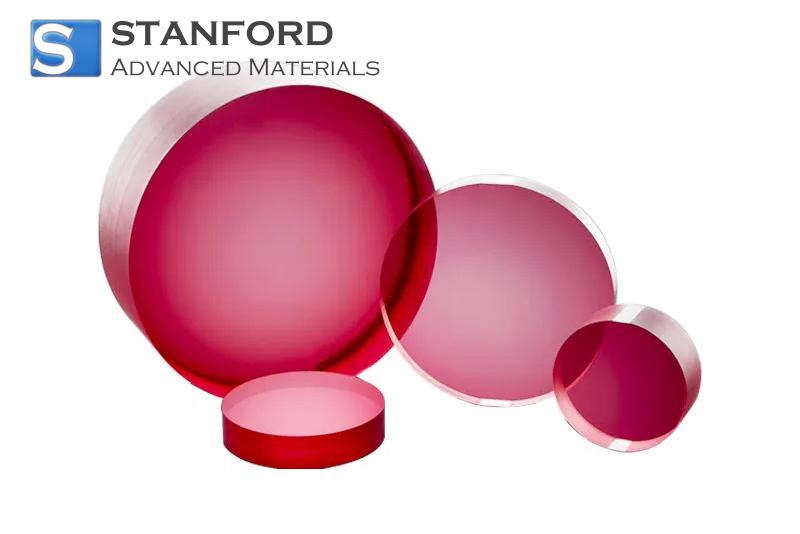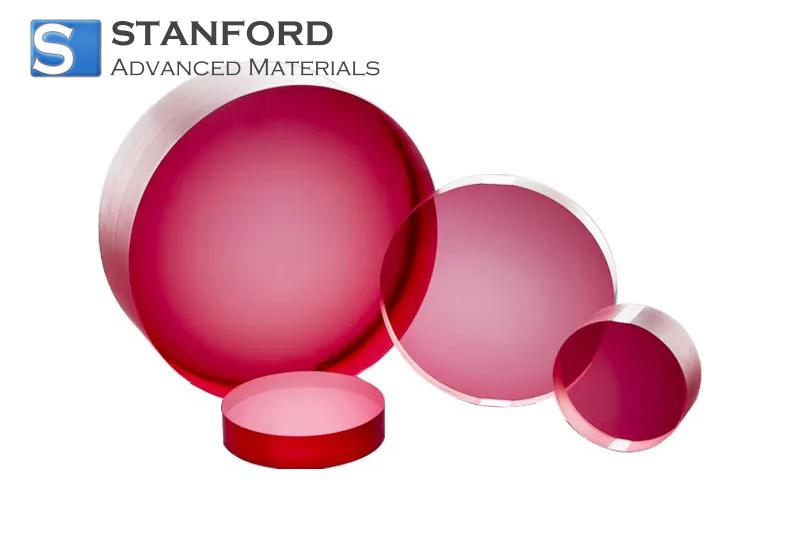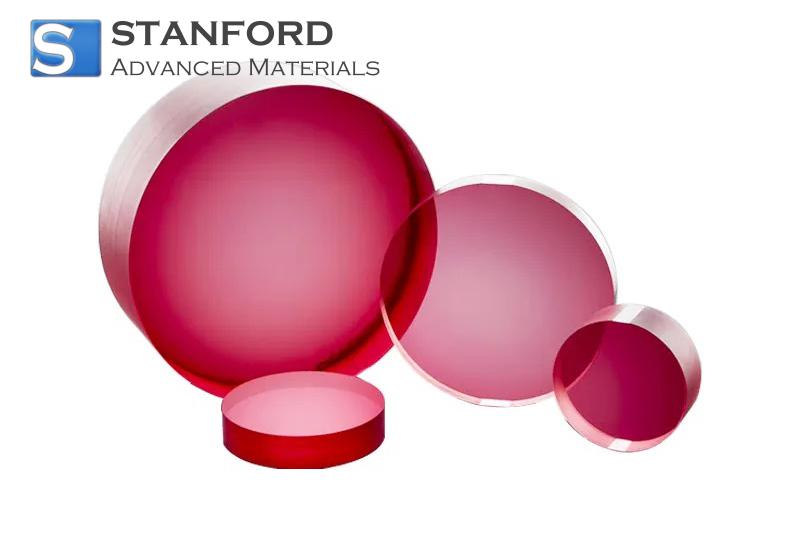6 Things to Know About Silicon Carbide (SiC)
1.Silicon Carbide Is Extremely Hard and Durable
Silicon carbide is recognised for its exceptional hardness. It is a material that withstands abrasion and wear effectively. In industry, tools such as sandpapers and cutting wheels utilise silicon carbide due to its durability. When used in automotive components and other machinery, it lasts longer than many metals. This strength reduces the frequency of replacements. Even under rough handling, silicon carbide retains its shape.
2.Silicon Carbide Has Excellent Thermal Conductivity
This material effectively transfers heat. Its thermal conductivity is very high compared to many standard materials. For example, silicon carbide is prevalent in high-power devices and industrial heating systems. It dissipates heat rapidly, which is vital when parts are employed for power conversion. In many instances, better thermal conductivity results in safer and more reliable operation of engines and electronics.
3.Silicon Carbide Offers A Wide Bandgap
A wide bandgap, in simple terms, indicates that silicon carbide can function under extreme conditions. With a wide bandgap, the material tolerates high voltages. Devices constructed with silicon carbide can switch on and off significantly faster than those made with older materials, such as silicon. This leads to reduced energy losses. Many modern systems, particularly in electric vehicles and renewable energy installations, effectively utilise silicon carbide for high voltage applications.
4.Silicon Carbide Improves Power Efficiency
Employing silicon carbide in power devices results in enhanced efficiency. This occurs because silicon carbide enables systems to lose less power when converting energy from one form to another. For instance, in power supplies for computers or electric vehicles, even a minor reduction in energy loss can have a substantial impact over time. Improved efficiency signifies lower energy bills and reduced waste heat. In straightforward terms, equipment lasts longer and operates more cleanly with silicon carbide in use.
5.Silicon Carbide Withstands Very High Temperatures
Rising temperatures have minimal impact on silicon carbide. Even at very high temperatures, silicon carbide maintains its integrity. This characteristic makes it suitable for applications in furnaces, turbine engines, or any environment where heat is significant. For example, components in jet engines and industrial heaters frequently employ silicon carbide due to its capacity to resist extreme temperatures. This heat tolerance protects equipment and simplifies maintenance.
6.Silicon Carbide Production Is Challenging but Growing
Producing silicon carbide can be complicated. The process involves high heat and precision control. For many years, the output of silicon carbide was restricted due to these difficulties. Today, more advanced methods are being adopted to enhance the quality and yield. These improved techniques have resulted in a steady increase in the production of silicon carbide components for electronics, vehicles, and industrial equipment. Companies are allocating more resources to silicon carbide production, meaning it will become more prevalent in everyday applications.
Conclusion
Silicon carbide is a notable material due to its strength, heat conduction, safe management of high voltages, and energy efficiency. It performs well in various challenging conditions. Utilising silicon carbide can enhance the lifespan and performance of everyday devices. For further details on ceramic materials, please refer to Stanford Advanced Materials (SAM).
Frequently Asked Questions
F: Why is silicon carbide used in industrial cutting tools?
Q: It is very hard and durable, lasting long even under harsh conditions.
F: How does silicon carbide assist in power supplies?
Q: It transfers heat rapidly and reduces energy loss in power conversion.
F: Can silicon carbide function in very high temperature environments?
Q: Yes, it withstands extreme heat and is used in engines and heaters.

 Bars
Bars
 Beads & Spheres
Beads & Spheres
 Bolts & Nuts
Bolts & Nuts
 Crucibles
Crucibles
 Discs
Discs
 Fibers & Fabrics
Fibers & Fabrics
 Films
Films
 Flake
Flake
 Foams
Foams
 Foil
Foil
 Granules
Granules
 Honeycombs
Honeycombs
 Ink
Ink
 Laminate
Laminate
 Lumps
Lumps
 Meshes
Meshes
 Metallised Film
Metallised Film
 Plate
Plate
 Powders
Powders
 Rod
Rod
 Sheets
Sheets
 Single Crystals
Single Crystals
 Sputtering Target
Sputtering Target
 Tubes
Tubes
 Washer
Washer
 Wires
Wires
 Converters & Calculators
Converters & Calculators
 Write for Us
Write for Us



 Chin Trento
Chin Trento



